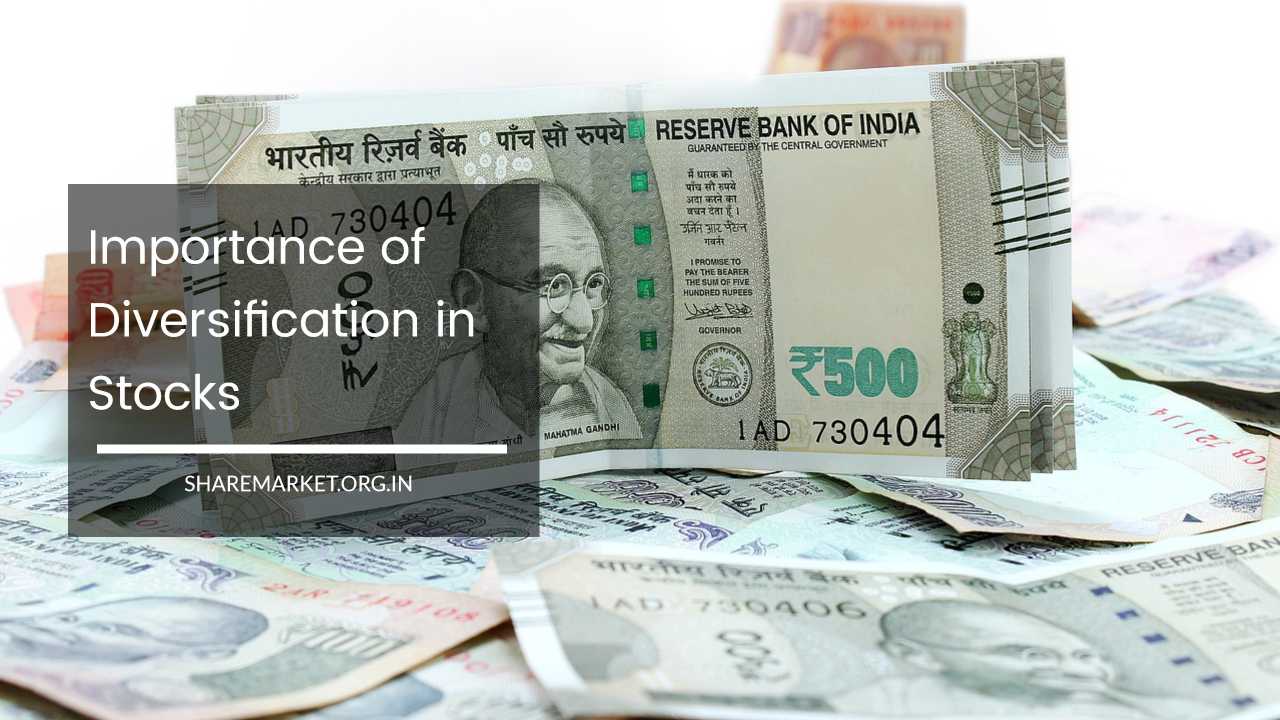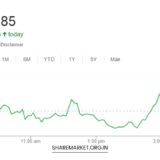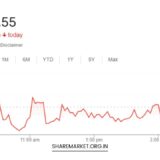Raymond Share Price Down 12th Consecutive Day, Results in ₹2,661 Crore Investor Loss

Raymond Share Price
Raymond’s Share Crisis: Unraveling the Impact of Chairman-MD Dispute on a 12-Day Descent
Raymond, a stalwart in the business landscape, is currently weathering an unprecedented storm as its shares undergo a prolonged and severe downturn.
This crisis has unfolded over 12 consecutive days, marking the longest decline in the company’s history. The once-sturdy shares have tumbled by over 21 percent, resulting in a substantial loss of ₹2,661 crore for investors.
To comprehend the gravity of the situation, it is imperative to delve into the intricate web of factors contributing to this crisis, with a particular focus on the highly publicized disputes between Raymond’s Chairman and Managing Director, Gautam Singhania, and his wife, Nawaz Modi.
The Genesis of the Share Crisis:
The genesis of this share crisis can be traced back to November 13 when the separation between Gautam Singhania and Nawaz Modi was publicly disclosed.
This revelation had an immediate and profound impact on Raymond’s shares, which closed at ₹1847.50, reflecting a notable decline of 2.90 percent.
However, the ripple effect of the personal discord escalated further on November 22 when Nawaz Modi laid claim to a significant 75 percent of the Raymond Group.
This move triggered an intra-day fall of more than 4 percent, marking the most substantial decline since September 2023.
Financial Fallout:
The financial fallout has been staggering, with Raymond’s shares closing at ₹1502.80 on November 30, having slipped by 2.58 percent.
This ongoing decline has seen the company’s full market capitalization plummet from ₹12,666.65 crore to ₹10,004.70 crore in just 12 trading days.
Investors, including institutional players and individual traders, are grappling with significant losses, raising concerns about the overall health and resilience of Raymond in the face of internal strife.
Comparative Analysis:
To contextualize the severity of this downturn, a comparative analysis with historical instances is essential. The current 12-day decline surpasses the 11-day fall observed in 2008, the 10-day declines in March 2020, and September 2008.
While historical contexts provide some perspective, the distinctive feature of the current situation lies in the direct correlation between the personal disputes at the top echelons of Raymond and the adverse impact on the company’s shares.
Chronology of the Share Fall:
The downward trajectory commenced shortly after Raymond’s shares closed at ₹7,1902.65 on the Bombay Stock Exchange (BSE) on November 12, posting a modest gain of 0.71 percent.
The revelation of the separation on November 13 triggered a significant fall, setting the stage for a protracted crisis.
The situation escalated on November 22 with Nawaz Modi’s demand for a substantial stake in the company, leading to a pronounced intra-day decline.
The subsequent days witnessed a continued erosion of investor confidence, culminating in the recent close at ₹1502.80 on November 30.
Technical Analysis and Support Levels:
Delving into the technical aspects, brokerage firm ICICI Direct reports a concerning breakdown in the stock’s technical indicators. Raymond’s shares have fallen below critical Exponential Moving Averages (EMAs), including the 20-, 50-, 100-, and 200-day EMAs.
This indicates a significant technical breakdown, emphasizing the severity of the current situation. Moreover, the breach of the first support level at ₹1,515.2 adds another layer of concern, signaling potential challenges for the stock’s stability.
The subsequent support levels are identified at ₹1,488.7 and ₹1,458.8, respectively, underscoring the hurdles ahead for Raymond’s shares.
Impact on Stakeholders:
As the share crisis unfolds, the impact on stakeholders becomes increasingly pronounced. Shareholders, both institutional and individual, are witnessing significant financial losses.
The erosion of investor confidence raises questions not only about the current leadership but also about the broader governance structures within Raymond.
The disputes at the helm have the potential to influence the company’s strategic direction and, subsequently, its ability to recover from the ongoing crisis.
Recovery Strategies and Future Outlook:
In the face of this adversity, Raymond finds itself at a critical juncture, necessitating the formulation of effective recovery strategies.
A comprehensive review of internal operations, management structures, and strategic partnerships is imperative. Transparent communication and a clear plan for recovery are essential components in restoring investor confidence and stemming the decline in share prices.
The company’s future outlook hinges on its ability to navigate the complex interplay of internal disputes and external market forces.
Final Remarks:
Raymond’s share crisis, propelled by the protracted disputes between Chairman-MD Gautam Singhania and his wife Nawaz Modi, is a critical juncture in the company’s history.
The 12-day descent, marked by a substantial loss of ₹2,661 crore, poses significant challenges for Raymond and its stakeholders.
As the company navigates through this turbulent period, strategic decisions, clear communication, and a proactive approach are imperative to rebuilding investor trust and steering the company towards recovery.
The resolution of internal disputes and the subsequent stabilization of Raymond’s shares will undoubtedly shape the company’s trajectory and perception in the financial markets for the foreseeable future.

















